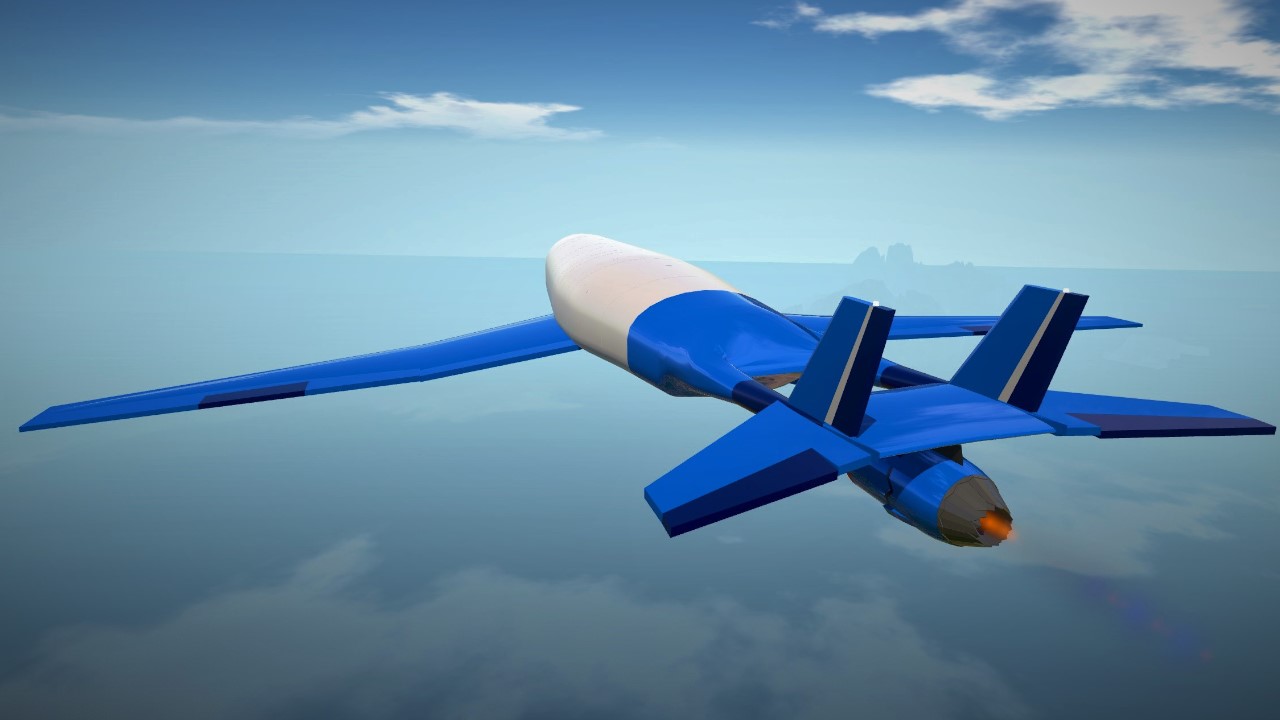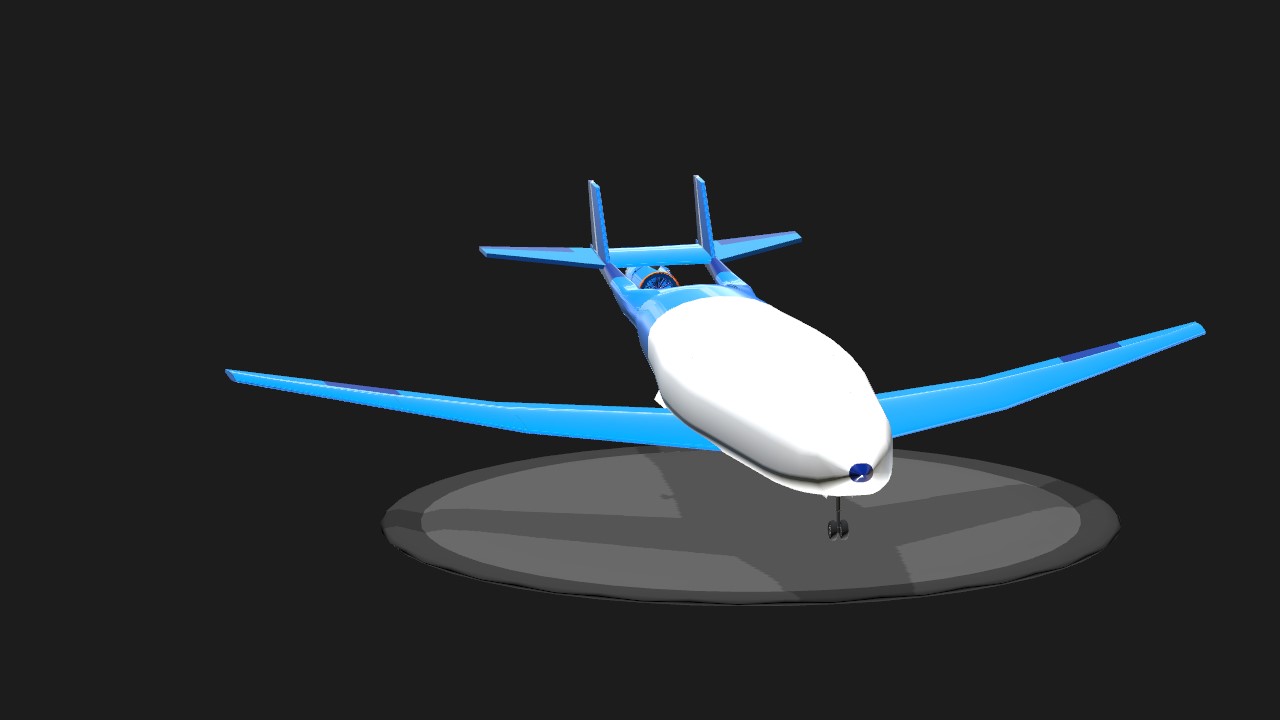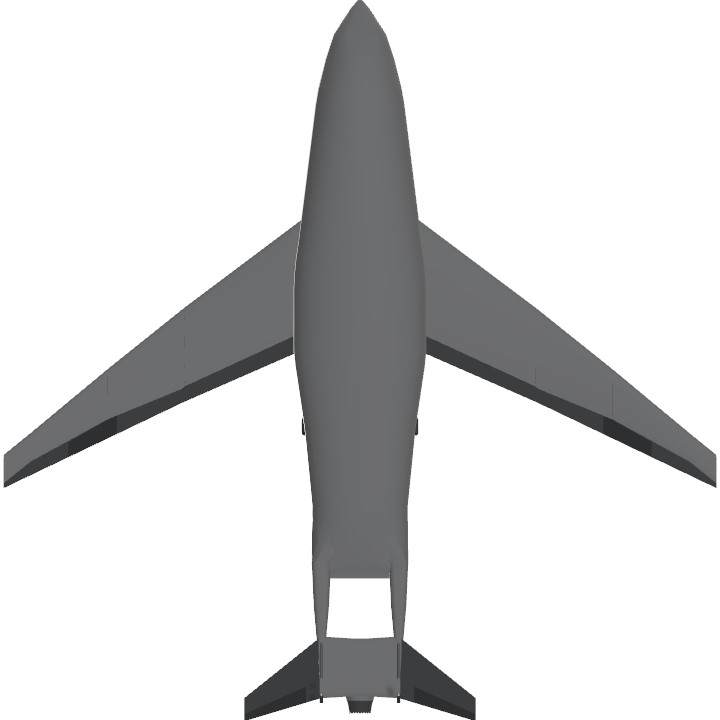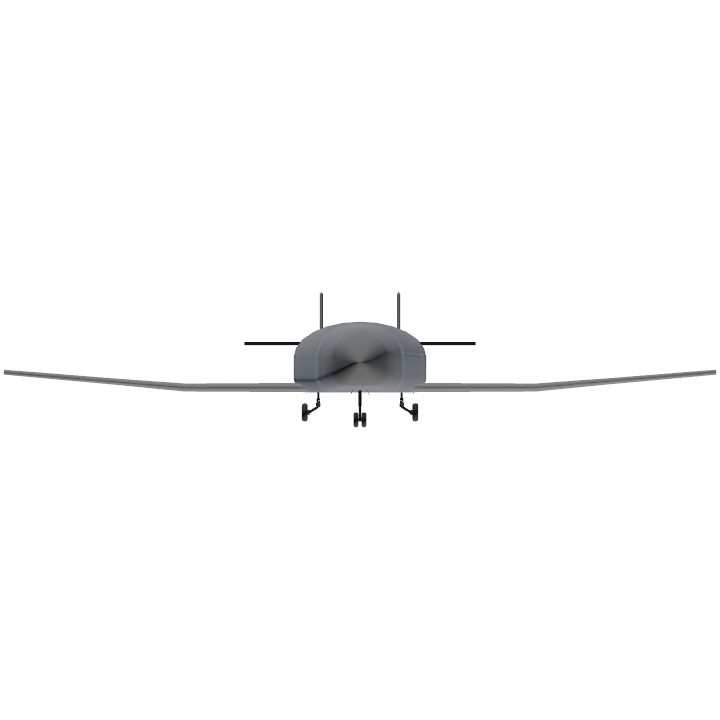CA-16 Bluenose
Max. cruise speed (approx.) = 456 mph
Stall speed (approx.) = 118 mph
AG6 = Cabin lights
AG7 = Strobes
F5, F6 = Cabin cameras
The Alternate History of the CA-16 Bluenose
The CA-16 Bluenose was built to meet the needs of the future for regional jet aircraft. At once eco-conscious and operator friendly, the new aircraft was to change aviation.
The designers were driven to drastically reduce weight. First they ditched the pilot, and the associated cockpit fixtures and instrumentation in favour of an autonomous control system. Another novel idea was to remove all the windows and the structure required to deal with their associated stress concentrations. In place of the windows, LED screens show exterior views and are interspersed throughout the cabin.
As a further weight saving measure, a single high bypass turbofan was used in place of two of the typical regional jet size turbofans. This saved the weight of a second engine pylon, and because the specific fuel consumption of a larger engine is better than that of the combined fuel burn of two smaller engines, weight was also saved on fuel. Airlines also liked that the single engine of the CA-16 was the same type that was used on their larger 737s and A320s.
The all composite fuselage of the Bluenose also featured a cabin more akin to larger airliners than its regional competition. The cabin was equal or greater in width to the narrow-body airliners with 6 across seating through the economy section. The oval cross-section of the fuselage left no room for luggage under the floor, but a generous luggage compartment was provided aft of the cabin. This compartment provided the cabin with excellent sound isolation from the single aft-mounted turbofan. The luggage compartment, with large clamshell doors, could be loaded with an LD3-45 container unlike any other regional aircraft.
When introduced the CA-16 had to overcome flight restrictions due to the single powerplant. Flights had to be conducted on corridors where the aircraft could glide to alternate airfields on engine failure. As the airlines gained confidence and the jet manufacturers began delivering a new generation of engine diagnostic tools that could better predict failures, the CA-16 was introduced on more and more routes.
The CA-16 Bluenose was highly successful and its introduction resulted in a golden era for feeder airlines that had previously struggled to turn profits. The aircraft was cost effective on routes that these airlines had previously avoided, and did so with few accidents.
Designer's notes
- Ran out of time and energy to do openable cargo doors at the rear of the fuselage.
- Yes, there's no cockpit... but it's by design. The interior seating is set out though.
Specifications
General Characteristics
- Predecessor Regional Airliner CHALLENGE (CLOSED)
- Created On Windows
- Wingspan 75.7ft (23.1m)
- Length 76.6ft (23.3m)
- Height 14.4ft (4.4m)
- Empty Weight 24,749lbs (11,226kg)
- Loaded Weight 30,886lbs (14,009kg)
Performance
- Power/Weight Ratio 1.091
- Wing Loading 49.0lbs/ft2 (239.4kg/m2)
- Wing Area 629.9ft2 (58.5m2)
- Drag Points 7229
Parts
- Number of Parts 257
- Control Surfaces 6
- Performance Cost 1,331







@WinsWings , thanks for the spotlight and encouragement! I enjoyed making this.
Some pilots are definitely gonna lose their jobs lol
keep up with your concept works. Good job I like them